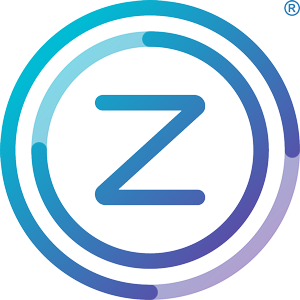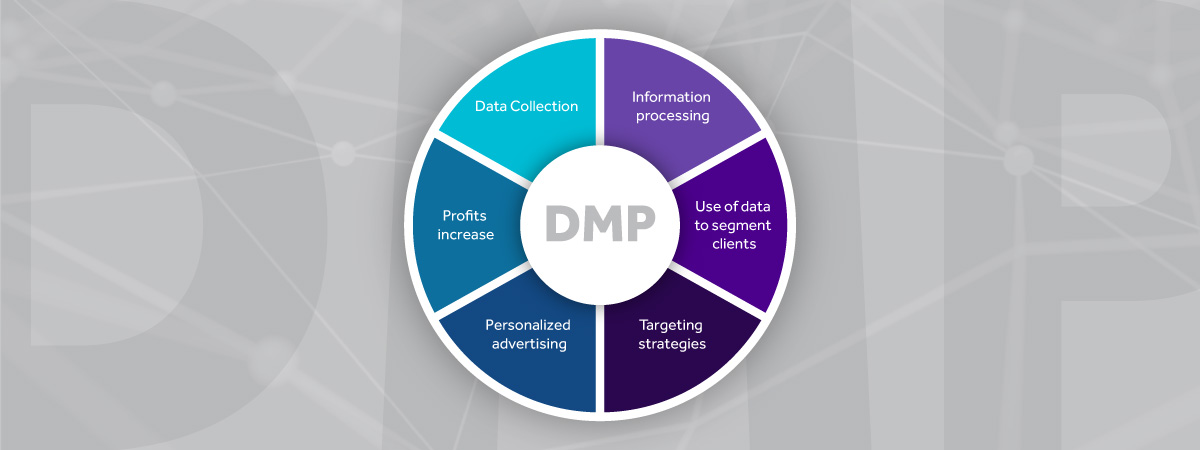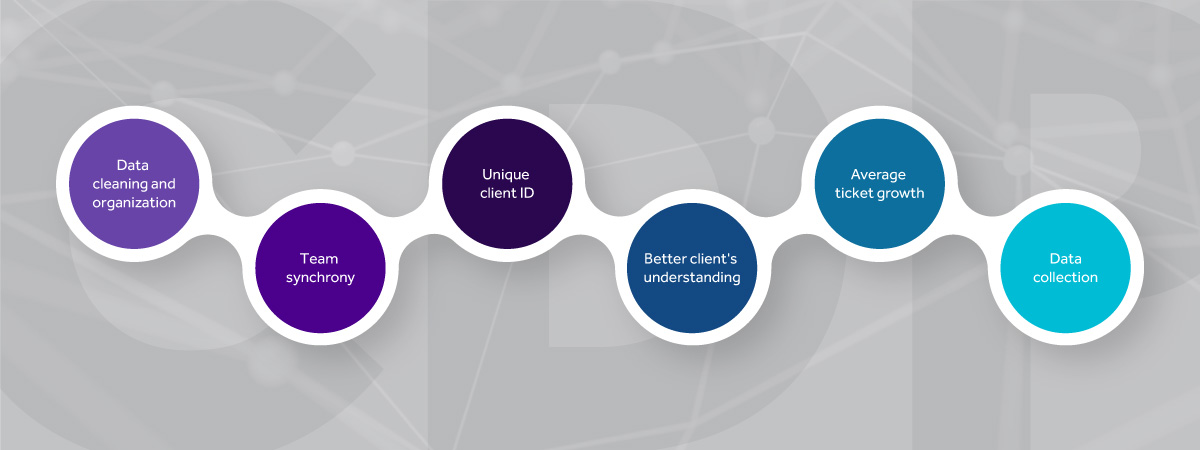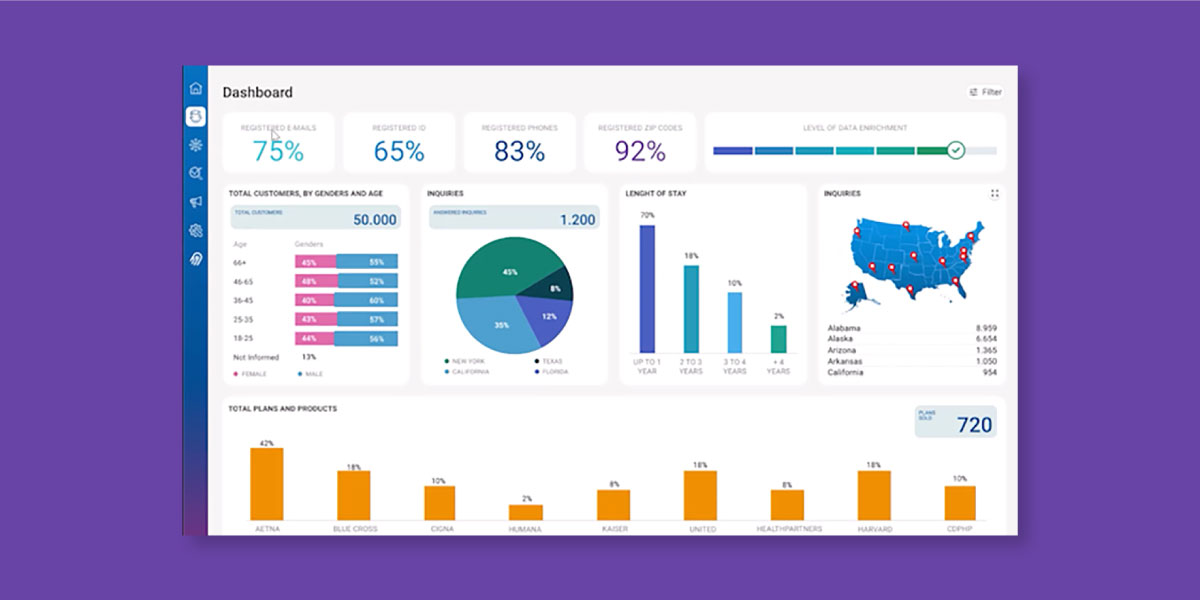DMP x CDP x CRM: Strategic Differences and Benefits
 Zoox Smart Data - 12 de October de 2021.
Zoox Smart Data - 12 de October de 2021.
2.2 million terabytes. This is how much data is moved around the world every day according to the American consulting firm Gartner.
Despite such high numbers and the market potential conferred by the use of Big Data for decision making, the amount of national corporations using this technology is still very low. In 2019, it was only 4%, still according to Gartner.
If your company intends to work with data to maximize results, reduce costs, and optimize processes, know that there are many possible tools, including DMP, CDP, and CRM.
However, it is very important to know well the current legislation for your business regarding the use of customer data, so that your company can establish partnerships and always work within the law, without the risk of fines.
Continue to read and understand what DMP, CDP and CRM platforms are and how they can benefit your business.
What is a DMP?

Data Management Platform (DMP) is a technology that collects and assembles anonymous customer data from different sources to visualize it in an organized and standardized way in order to create audience segmentation for advertising campaigns.
This platform works with data from an entire audience, such as age, gender, location, and behavior of that audience on the Internet.
In practice, DMP works in three steps:
- 1st step - Collection of data in different channels through cookies or forms;
- 2nd step - Processing the information in order to find patterns and valid information for the company;
- Step 3 - Using the data to segment customers and create strategies that best meet the interests of the target audience.
What are the sources of data used in DMP?
For the DMP to be even more effective, it is important to ensure that it obtains data from as many channels as possible. There are three types of data collected by the platform:
- 1st party data: internal company data, coming from websites, social networks, landing pages and others. This data is the most valuable, since it is acquired from the consumers themselves, even if the platform does not customize campaigns individually;
- 2nd party data: information collected and provided by non-competing partner companies, keeping the customers' anonymity;
- 3rd party data: data purchased from external sources, which can help companies seeking to expand their audience. This is the case of social networks that capture user information, such as age, gender, profession, family income and hobbies, for example, helping companies segment the campaigns run on their platform.
What are the benefits of DMP?
The DMP brings numerous benefits to organizations. It is worth mentioning the following:
- helps create audience-focused strategies, making them more efficient;
- it enables the implementation of customized advertisements for each of the audience segments, optimizing conversions;
- improves the experience of consumers and leads, by delivering content of greater interest to each target audience;
- increases profits due to higher conversion rates.
What is a CDP?
CDP is another valuable option for companies looking to improve their processes. The Customer Data Platform uses Machine Learning technology to collect, store, and organize customer data.
In practice, it collects customer information from a number of channels and creates a unique profile of each person in a database.
With this profile, of which marketing, sales, and customer service teams have access to, it is possible to enhance the customer experience with personalized solutions, which increases the chances of a sale.
When looking for a CDP solution, it is important to pay attention to the ease of data visualization (in dashboards, for example) and the possibility of combining it with rich partner databases.
Its operation, also composed of three stages, is similar to that of DMP:
- data collection from various sources, such as the company's own records, social networks, site visits, and others. It is important to remember that all data is collected with the user's prior authorization;
- preparation, cleaning and organization of the data in order to transform them into consumer profiles;
- access to the data by the company's employees to define strategies to attract, convert and retain consumers.
What are the benefits of CDP?
Among the corporate benefits resulting from the implementation of this solution, it is worth mentioning:
- increase knowledge about each customer and transform personas into more specific profiles
- ability to bring in third-party data to further enhance your perspective
- better understanding of consumers, such as their desires and behavior
- average ticket increase thanks to recommendations and targeted communications to the right people
- greater return on lead prospecting and qualification
- synchrony among the teams, since they all work using the same information
What is a CRM?
.jpg?width=1200&name=CRM-EN-Artigo-DMP-x-CDP-x-CRM%20(1).jpg)
Acronym for Customer Relationship Management, CRM is a platform used to collect data from the customer or lead - such as name, where he/she works, the position he/she occupies, among others - organizing this data and allowing cross-referencing with information about the behavior of this customer on the company's networks, such as the website, for example.
From this information, it is possible to nurture this lead with content designed to convert it into a buyer and to establish a relationship, so that it will buy again in the future.
With CRM, any kind of contact with the customer is automated.
With the platform it is possible to
- attract new leads by capturing and storing their data
- nurture the lead with information and content via e-mail marketing (or apps), in order to turn him into a client
- nurture the sales team about where the potential customer is in the sales funnel
- provide customer service to current customers or potential customers who have questions about a product or service
- manage the actions to retain and maintain the relationship with the customer in the long term
What are the benefits of a CRM?
Among the benefits of using a CRM platform are:
- the automation of processes, eliminating manual work
- the possibility of organizing and cross-referencing data, contributing to decision making
- greater success in sales and customer loyalty
- the sharing of relevant information about customers with the entire team
.jpg?width=1200&name=Imagem-2-Artigo-DMP-x-CDP-x-CRM%20(1).jpg)
What are the differences between DMP, CDP and CRM?
The main difference between DMP, CDP and CRM lies in the purpose of the enterprise. While DMP focuses on gathering anonymous data to analyze and segment consumer groups, CDP uses customer data to create individual and reliable profiles, apply predictive analysis, and think about future paths for the company.
CRM, on the other hand, focuses on automating the relationship management between the company and its customers or leads.
According to Fernando Dias, Data Analyst at Zoox, "while CRM is a tool that helps in sales management, in the sales pipeline, and is an application with a more commercial footprint, DMP helps marketing communicate with support, which communicates with HR, for example, and CDP has a plus that is to integrate data from third parties, from partners, to further increase the company’s perspective", he affirmed.
It is worth saying that all strategies can contribute to the company's success. That is, if possible, use them together to maximize corporate results.
The Intelligence CIO at Zoox, André Miguel, corroborates this idea: "People tend to think these platforms are competitors. However, they are complementary, working with the client in different ways".
And he explains: “In DMP, the client is included in a cluster by similarity. In CDP, on the other hand, there is more of a personalized view, each person is unique and CRM supplies a CDP, for example. It is one more data source that CDP can use. But CRM alone can't give a 360º view of a client, for example".
It is also worth noting that, while DMP is focused on general data, CDP uses data from clients and leads that are already in its base.
In other words, DMP looks at customers in a general way and its segmentation is into target audiences, while CDP creates more specific profiles based on individual identifiers.
Which platform to choose for my business?
Just as we stated in the previous topic, the best platform for your business is the one that fits the purpose of the corporation. If the purpose is to find new customers, DMP can be of great value. But if the company's focus is to increase retention and loyalty of the existing base, CDP can bring valuable insights. CRM is an option if the goal is to optimize the work of the sales team.
However, it is worth saying that all strategies can contribute to the company's success. That is, if possible, use them together to maximize corporate results.
Get to know Zoox Eye

If the focus of your company is to grow and consolidate itself in the market, marketing campaigns are one of the keys to that success. With Zoox Eye, the long-life customer data platform from Zoox, you can get closer to that goal.
With Zoox Eye, marketing campaigns can rely on detailed customer profiles, making it easier to understand customer needs and build strategies that favor conversion.
This all-in-one CDP offers all solutions in a single tool, without the need for support systems. It unites practicality and continuous action in data collection and qualification, tracing a 360º profile of your customers.
Other plus points are the data visualization in dashboards customized for your business with our integrated market BI solution; and the analytics models - ranging from store performance to risk models.
Zoox Eye is the best technology solution to leverage your customer relationships and ensure your company's success. Visit our site to learn more about this and other solutions that will make a difference in your strategies.



Comments